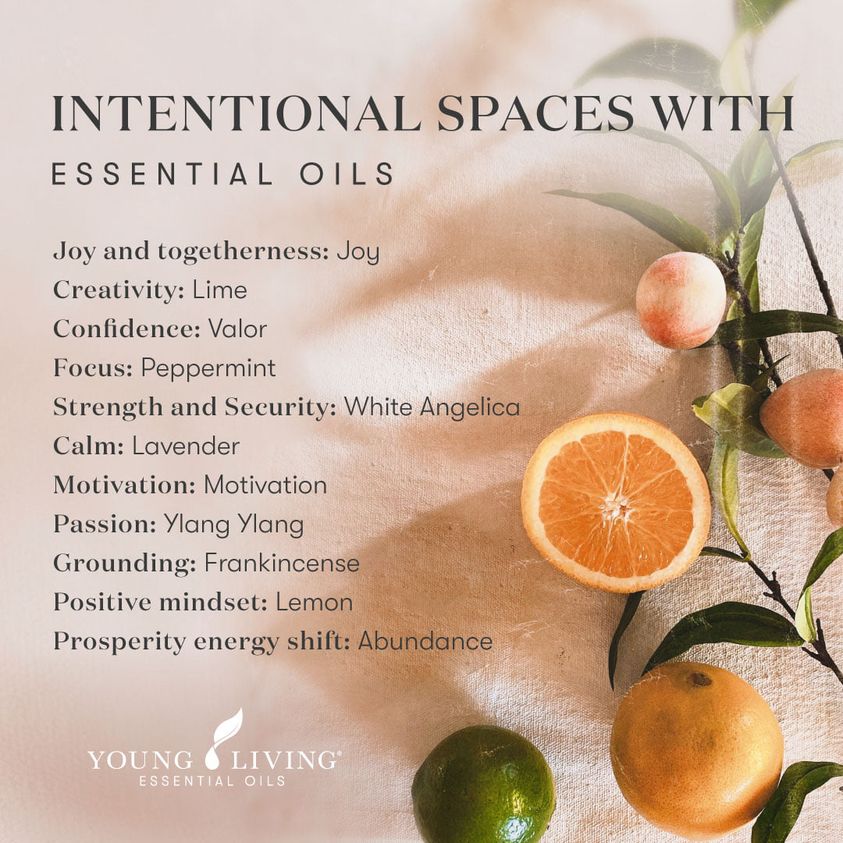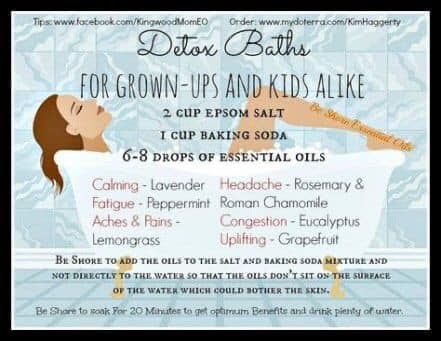From the Epoch Times, comes this great article. Epoch Times is a good source for news is you aren’t familiar with them.
The Healing Powers of Frankincense
Frankincense, a popular essential oil, has been revered for millennia for religious, medicinal, and beautification purposes. A literal testament to its value comes from the Bible, where many know it as one of the three gifts the wise men brought to the birth of Jesus.
Frankincense comes from the Boswellia tree, which is native to Africa, much of the Middle East, parts of India, and Pakistan. An incision is made in the trunk of the Boswellia tree, which exudes a milky sap that hardens upon contact with the air, turning it into a resin. The resin also can be steam-distilled, producing a fragrant essential oil.
Frankincense Throughout History
The ancient Egyptians used frankincense resin as incense in religious rituals and for beautification by charring it and grinding it into a powder for eyeliner and tattoos. The Egyptian Ebers Papyrus, dated to 1500 B.C., prescribes frankincense resin for throat infections and asthma attacks.The Iranian physician Avicenna (980–1037) recommended frankincense for tumors, ulcers, and fevers in his ancient medical texts.
There are earlier medicinal references to frankincense in the Chinese herbal manuscript, the Ming Yi Bie Lu, in the 6th century.
Several mentions of frankincense are found in both the Old and New Testaments of the Judeo-Christian bible, sometimes in regard to its use as an offering, and other times as a metaphor for what it means to endure without grievance.
Frankincense also had various uses in everyday life. Melted incense resin was used to repair pots and jars, creating a watertight seal, and the bark of the Boswellia tree made dye for cotton and leather clothing.
Frankincense in Chinese Medicine
In Chinese medicine, frankincense is the herb ru xiang and has been used medicinally for thousands of years. It has pungent, bitter, and warming properties and works specifically on the liver, heart, and spleen. Frankincense is in a class of herbs that move blood, strongly stimulating blood flow.In the Eastern view, many health problems are caused by a “stagnation” or blockage of either qi (energy) or blood flow. When qi and blood are flowing freely in our bodies, the system is balanced, and we are healthy. But, when there is a blockage in this flow, problems arise. Pain is one example. Pain is a symptom of a blockage or “stagnation” of the qi or blood flow. Frankincense is often prescribed for pain because of its strong blood-moving properties and ability to break up stagnation.
Tumors, cysts, and other masses are considered accumulations of blood in Chinese medicine. The thinking is that if the blockage goes untreated for long enough, it will accumulate into a mass or tumor. Because of its powerful blood-moving actions, ru xiang is used to treat tumors and other masses. A lot of scientific research is being dedicated to its cytotoxic, anti-tumor effects.
Frankincense and Cancer
Research has been affirming frankincense and its potential effectiveness against cancer. In one study published in BMC Complementary Medicine and Therapies, frankincense essential oil induced cell death in human pancreatic cancer cells. This research is hopeful as it might offer a more natural alternative to chemo and radiation therapy for pancreatic cancer, an often aggressive cancer with a poor prognosis. In a research review published in 2016, researchers noted that the boswellic acids of frankincense have an antiproliferative effect on tumors.“They inhibit proliferation of tumor cells of the leukaemia and glioblastoma subset. They have an anti-tumour effect since they inhibit topoisomerase I and II-alpha and stimulate programmed cell death (apoptosis),” they wrote.
Contraindications
Frankincense shouldn’t be used in pregnancy and should be used with caution for those with digestive problems because of its strong moving actions and potential toxicity. For these reasons, long-term use isn’t recommended.As an additional warning, if you are considering taking frankincense internally, be sure that you are using a 100-percent pure oil that is labeled for internal use and not an aromatic or scented oil, and do so under the supervision of a health care professional.
Frankincense’s Everyday Uses
Frankincense is an incredibly versatile oil with many practical uses. You can use the oil topically on the skin, or put a few drops in a carrier oil such as coconut, jojoba, almond, or avocado for pain or inflammation. To reap its beneficial effects, you can also add a few drops to an essential oil diffuser or vaporizer.Frankincense and Health
Frankincense has antiseptic, astringent, anti–inflammatory, disinfectant, digestive, diuretic, and expectorant properties. It’s known as the king of oils because it benefits every system in the body. It strengthens the immune system and helps the body to absorb nutrients. Frankincense helps healthy cell regeneration and keeps existing cells and tissues at optimum levels, giving it a wide variety of applications in medicine to treat a multitude of conditions.Here are some ways you can use frankincense essential oil at home.
Stress
A few drops of frankincense essential oil in the bath will calm the nervous system and help you relax, making it a great thing to do right before bed to ensure a restful, rejuvenating sleep. This aspect of frankincense also has been studied by researchers. In one study on rats published in the Journal of Oleo Science in 2019, researchers declared, “Frankincense essential oil can counter the effects of stress by effectively relieving sleep debt and maintaining antioxidant capacity without increasing oxidative stress, and, therefore, may be beneficial in the management of stress.”Skin Conditions
Known for its ability to treat skin conditions and heal wounds, frankincense is also an astringent and helps protect skin cells. It reduces acne and the size of pores, heals blemishes, prevents wrinkles, and lifts and tightens skin naturally. You can use it topically anywhere you have loose skin (six drops to an ounce of carrier oil on the skin). Frankincense also strengthens gums and hair roots, stops bleeding from wounds on the skin, speeds healing of cuts, acne, insect bites, and boils.Oral Hygiene
Frankincense prevents tooth decay, cavities, bad breath, as well as oral infections. Reseach published in the Journal of Ethnopharmacology in 2018 found that “The antimicrobial properties of essential oil derived from frankincense, a compound with well-known traditional use, showed that it possesses a clear potential as a natural antimicrobial agent.” It also helps to strengthen gums. You can add a drop of Frankincense oil to your toothpaste to help improve oral health.Anti-Inflammatory
Research has shown that frankincense reduces inflammation, in particular helping to inhibit the breakdown of cartilage and painful swelling associated with both osteoarthritis and rheumatoid arthritis.Pain Killer
You can use frankincense oil directly on the skin or with a carrier oil such as coconut or jojoba for pain relief because of its blood-moving, as well as anti-inflammatory, properties.Colds and Respiratory Health
Frankincense breaks up phlegm in the respiratory tract and the lungs, relieves congestion, and eases bronchitis. Add a few drops of the essential oil to a diffuser or vaporizer to clear the respiratory tract. Diffusing frankincense will also deodorize and disinfect your home of germs, bacteria, and viruses.As you can see, frankincense has many health benefits. The fact that so many cultures have been using it for centuries is a testament to its healing prowess. When using essential oils externally, always ensure that you are getting high-quality, organic oils. They are very concentrated, so a drop or two goes a long way. If you are interested in using frankincense internally, be sure to do so under the supervision of a health care practitioner. Frankincense is a wonderful addition to your life and your home and is yet another example of how nature can heal us, body, mind, and spirit.
Young Living essential oils has excellent frankincense oils, as well as blends that contain frankincense. If you have questions or need to order, just use the contact form. I’ll be glad to help you.




